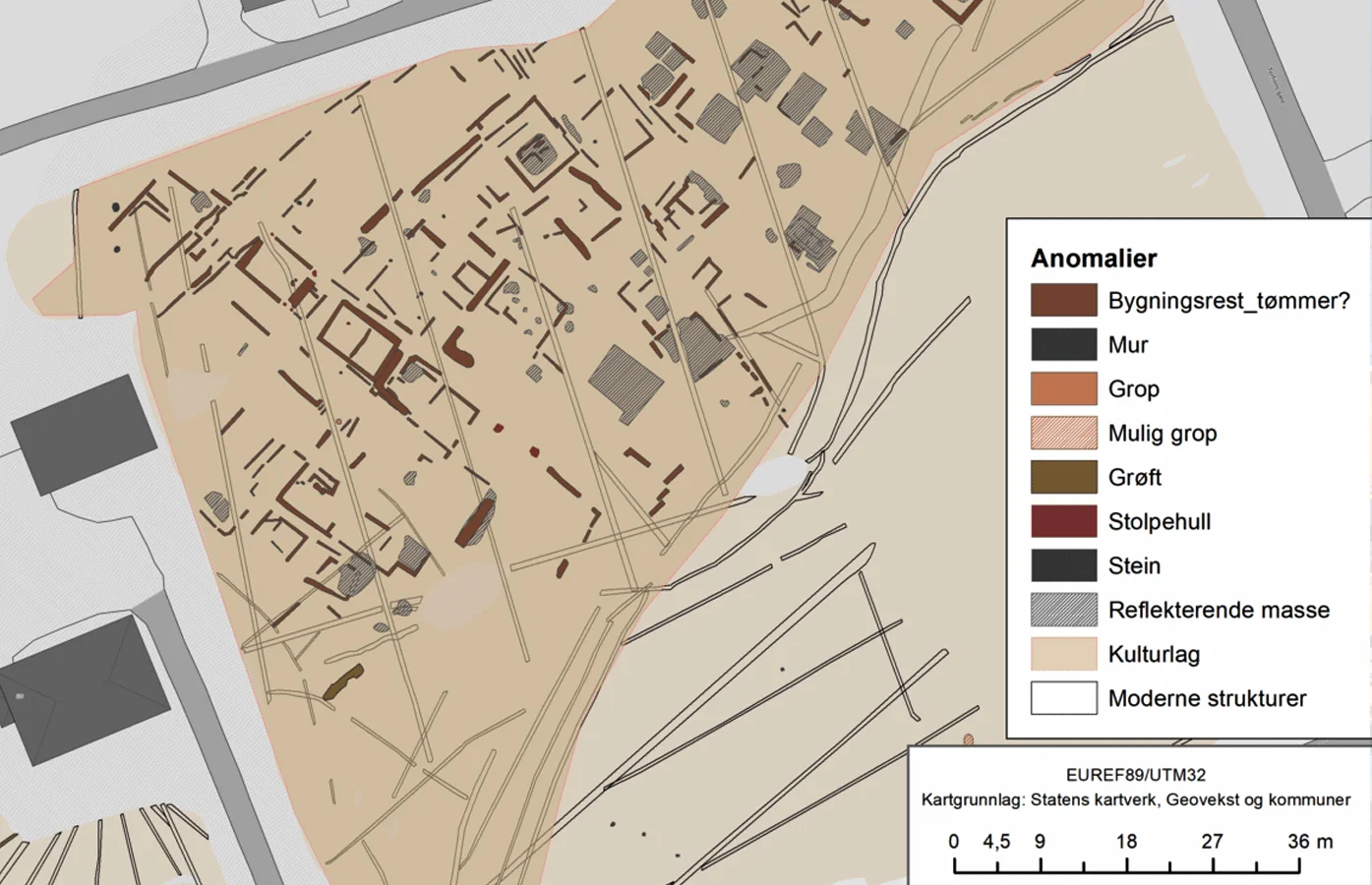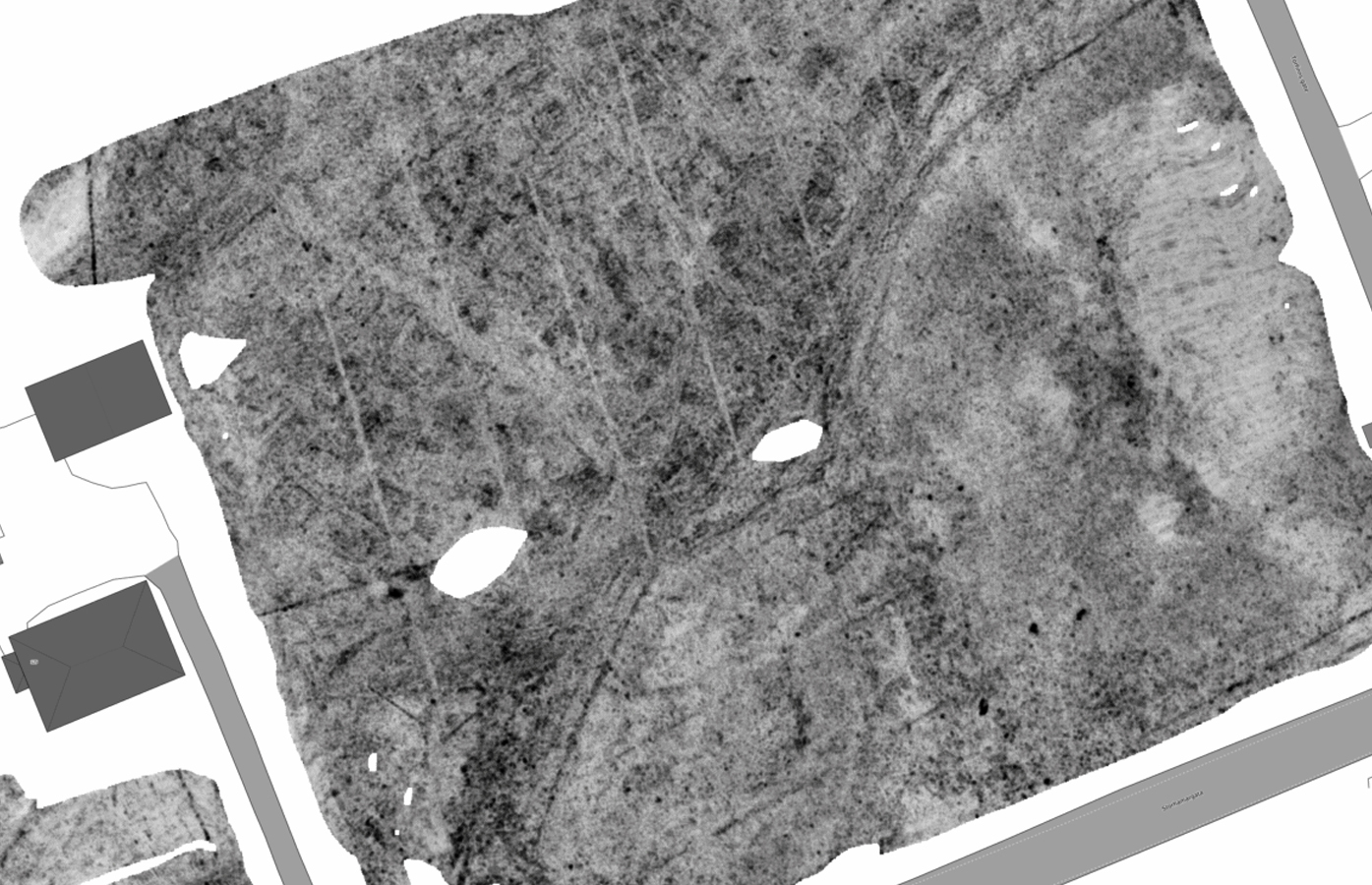Archaeologists from the Norwegian Institute for Cultural Heritage Research (NIKU) have uncovered physical remains of the lost medieval town of Hamarkaupangen in Hamar, Norway.
It is not known when Hamarkaupangen was founded, but historical texts suggest that it was sometime during the end of the Viking Age and the Christianisation of the country.
Evidence of archaeological features were first identified from geophysical results back in 2023-2024, indicating the presence of buildings, narrow alleyways, and domestic-like structures beneath the surface.
In a recent excavation, archaeologists from NIKU have verified the survey results, revealing timber wall logs, wooden floorboards, and packed paving stones at a shallow depth of 70 centimetres beneath the surface.

The timber walls and wooden floorboards belong to a two-room structure built in multiple phases, believed to date to the mid-11th century AD. According to experts, this matches with the georadar interpretation and provides new evidence as to the foundation of Hamarkaupangen.
Monica Kristiansen from NIKU, said: “Even though we only see a tiny part of a building here in this small ditch, it is an important part of the overall picture that we see in the ground-penetrating radar data.”
“Not least, the building parts support our interpretations of the city-like structure, which we have assumed to be the remains of wooden houses. Now it will be exciting to see what else turns up at Hamarkaupangen, and not least what dating these building remains are,” continues Kristiansen.
Header Image Credit : Monica Kristiansen, NIKU
Sources : NIKU





